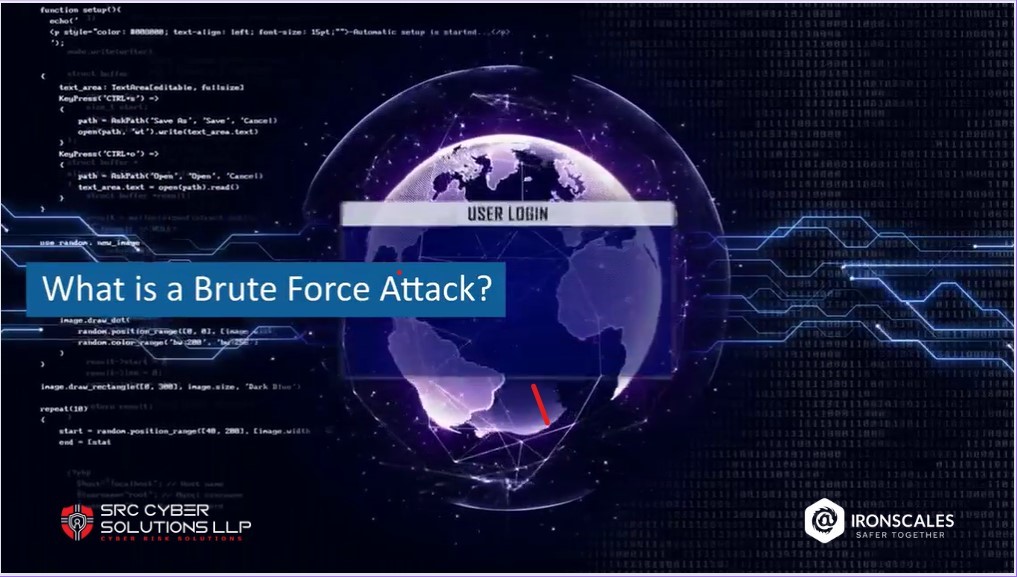
What is Brute Force Attack
What is a Brute Force Attack?
A brute force attack is a trial-and-error method used by cybercriminals to gain unauthorized access to sensitive information or systems by systematically attempting to guess credentials, such as passwords, encryption keys, or personal identification numbers (PINs). Brute force attacks rely on the sheer computational power of the attacker's tools rather than intellectual strategies or the exploitation of existing vulnerabilities.
Different Types of Brute Force Attacks
Brute force attacks can take several forms, including:
- Dictionary Attacks: Attackers utilize a precompiled list of words, phrases, or common passwords to guess credentials systematically.
- Exhaustive Key Search: In this method, attackers attempt all possible combinations of characters within a given key length to discover encryption keys or passwords.
- Hybrid Attacks: A combination of dictionary attacks and exhaustive key searches, where attackers use a precompiled list of words or phrases and systematically append or prepend characters to increase the likelihood of a successful guess.
- Reverse Brute Force Attacks: Instead of targeting a single user account, the attacker uses a known password or set of passwords to attempt access to multiple accounts within a system
How to Protect Against Brute Force Attacks
There are several effective methods for protecting against brute force attacks, including:
-
Increasing Password Complexity: Encourage users to create strong, unique passwords that include a mix of upper and lowercase letters, numbers, and special characters. Longer and more complex passwords are more challenging for attackers to guess and can significantly increase the time and resources required to carry out a brute force attack.
-
Limiting Failed Login Attempts: Implement a system that temporarily locks an account or introduces increasing delays between login attempts after a certain number of failed attempts. This measure can help deter brute force attacks by making them more time-consuming and less likely to succeed.
-
Encrypting and Hashing: Store passwords using secure encryption and hashing algorithms, such as bcrypt, Argon2, or scrypt. In the event of a data breach, encrypted or hashed passwords are less useful to attackers and more difficult to crack.
-
Implementing CAPTCHAs: Adding CAPTCHAs (Completely Automated Public Turing test to tell Computers and Humans Apart) to login forms can help prevent automated tools from carrying out brute force attacks. CAPTCHAs require users to complete a task, such as identifying objects in an image, that is difficult for automated tools to perform, thus distinguishing between human users and bots.
-
Using 2FA or MFA: By requiring users to use Two-Factor Authentication or Multi-Factor Authentication and provide additional verification methods (e.g., a one-time passcode sent to a registered device or biometric data) alongside their password, 2FA and MFA can significantly enhance account security. Even if an attacker manages to guess a password through a brute force attack, they would still need to bypass the additional layers of authentication to gain access to the account. Implementing 2FA or MFA can serve as an effective deterrent to brute force attacks and help safeguard sensitive data and systems.
In conclusion, understanding brute force attacks and the techniques employed by cybercriminals is essential for organizations and individuals alike. By adopting robust security measures, such as increasing password complexity, limiting failed login attempts, employing encryption and hashing, implementing CAPTCHAs, and using 2FA or MFA, it is possible to reduce the risk of brute force attacks and protect valuable information and systems from unauthorized access.